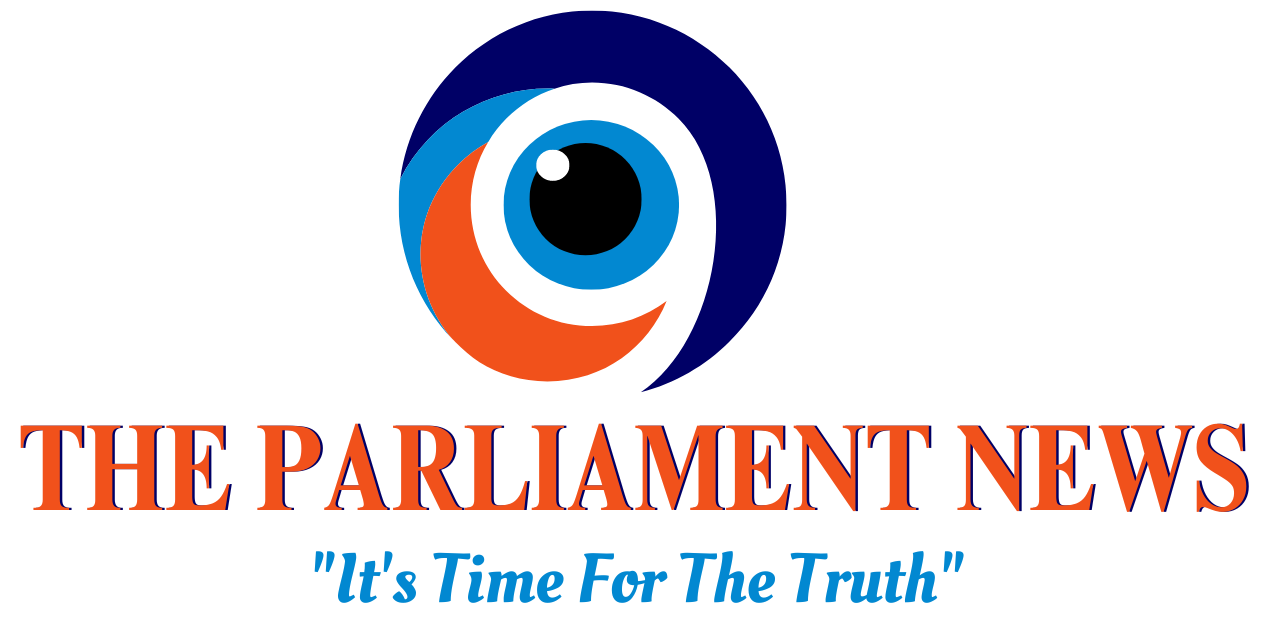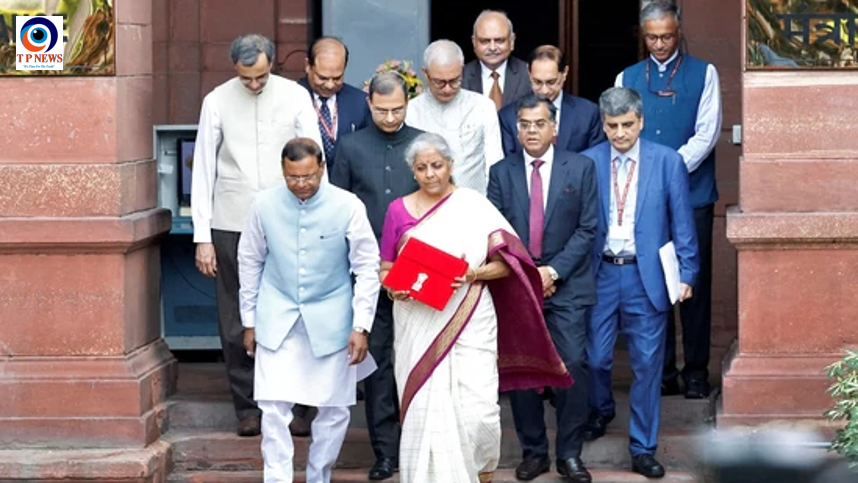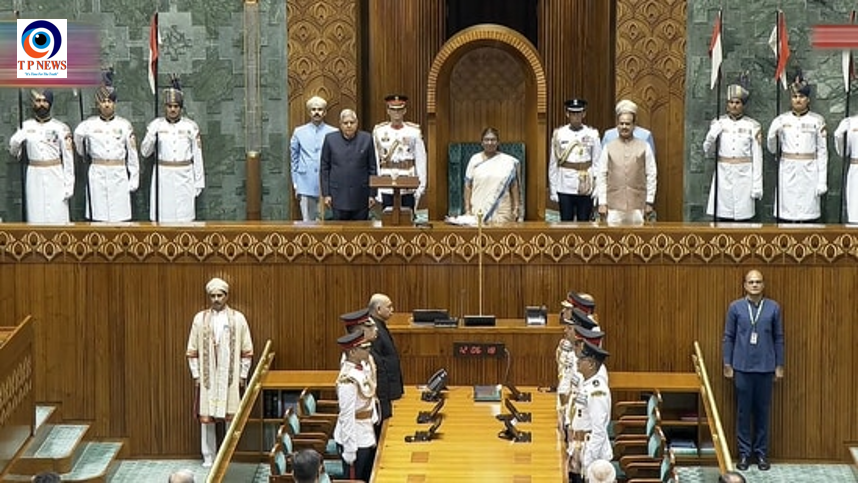As the vibrant festival of democracy unfolds, Maharashtra’s 288 constituencies are witnessing intense electoral action in the 2024 Assembly Elections. Meanwhile, Jharkhand embarks on its second polling phase across 38 seats. Adding to the democratic fervor, by-elections are underway in Uttar Pradesh, Punjab, Kerala, and Uttarakhand, making this an eventful day for Indian democracy.
Maharashtra: A State in the Spotlight
Maharashtra, often lauded as a progressive and prosperous state, takes center stage with a fierce battle between the ruling Mahayuti alliance and the Maha Vikas Aghadi (MVA). Heavyweights such as Chief Minister Eknath Shinde, contesting from Kopri-Pachpakhadi, and Deputy CM Devendra Fadnavis, defending Nagpur South West, are among the prominent candidates. NCP leader and Deputy CM Ajit Pawar aims to retain the Pawar family bastion of Baramati.
Union Minister Nitin Gadkari, after casting his vote, described the day as a “festival of democracy,” urging citizens to vote for development. Meanwhile, allegations of money distribution and other political mudslinging have added drama to the electoral landscape. Maharashtra Congress President Nana Patole accused the BJP of engaging in dishonest practices, vowing to address these issues systematically.
By 9 AM, Maharashtra recorded a voter turnout of 6.6%, reflecting cautious early enthusiasm.
Jharkhand: A Test of Alliances
In Jharkhand, 528 candidates are contesting across 38 seats. Chief Minister Hemant Soren, along with his family members, leads the JMM alliance in a stiff competition against the BJP-led NDA. Over 1.23 crore eligible voters, including 61 lakh women, hold the key to the state’s future.
By-Elections Across India
By-elections are in full swing across 15 Assembly seats in Uttar Pradesh, Punjab, Kerala, and Uttarakhand. Key seats in Punjab include Gidderbaha and Barnala, while Uttar Pradesh sees contests in regions like Ghaziabad and Phulpur.
Security Measures in Maharashtra
Mumbai, a critical battleground, has seen the deployment of over 30,000 police personnel to ensure a smooth voting process. This includes five additional commissioners of police, 20 deputy commissioners, and three Riot Control Platoons, reflecting the administration’s commitment to maintaining order.
Political Heavyweights and Public Participation
With prominent leaders such as Aaditya Thackeray, Amit Thackeray, and Nana Patole in the fray, the stakes are higher than ever. Former Union Minister Milind Deora and state BJP chief Chandrashekhar Bawankule also add to the high-profile nature of these elections.
As voting progresses, the day promises to shape the future of key states while showcasing the power of democracy in action. All eyes now turn to the voter turnout and the results that will define the political landscape in Maharashtra and beyond.













